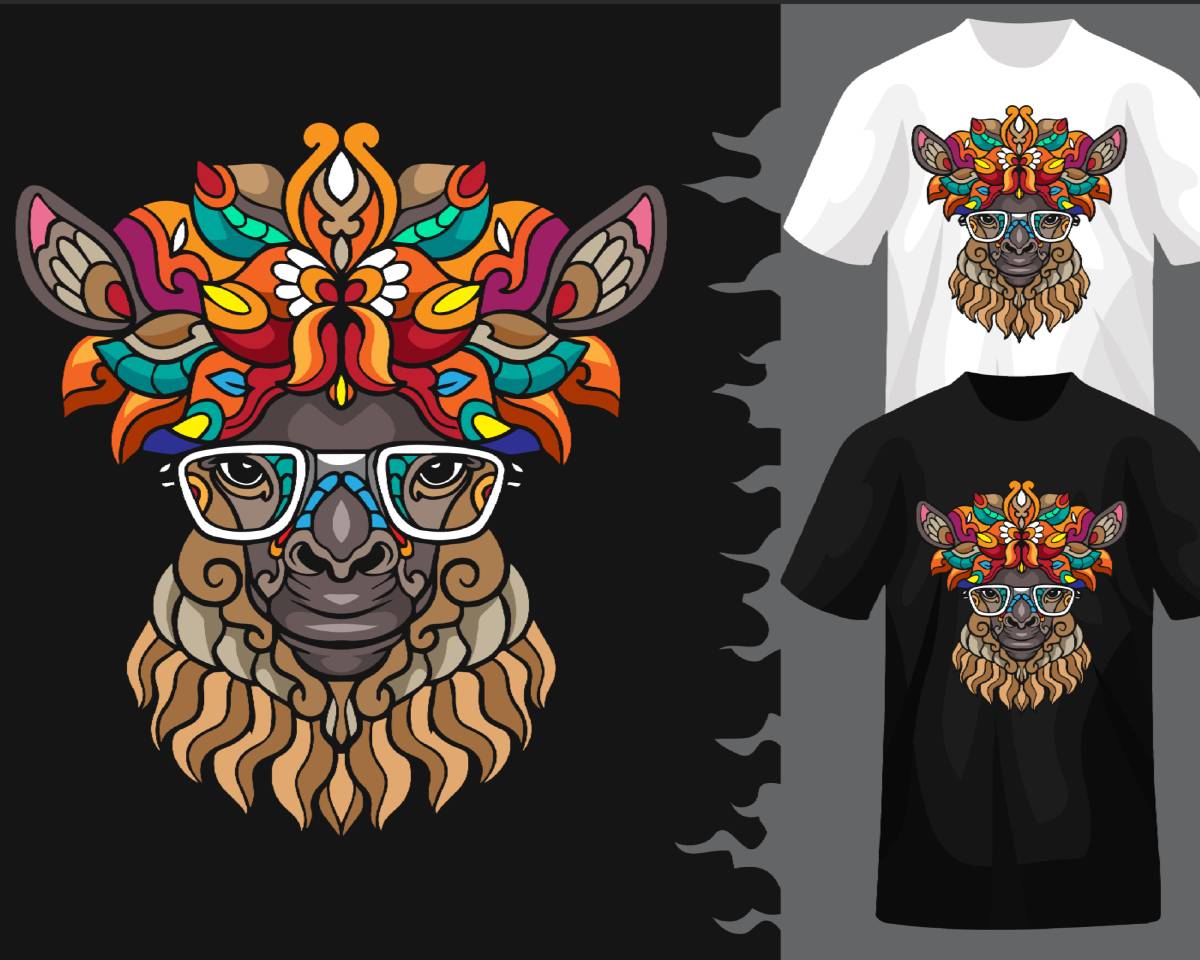
DTF Transfer Tips for Crisp and Vibrant Colors
Selecting High-Quality Materials for DTF Transfers
Using premium materials is essential for achieving bright and sharp DTF transfers. High-quality transfer film, pigment-rich ink, and durable adhesive powder contribute to superior color vibrancy. Choosing the best supplies ensures that each DTF transfer maintains its richness and detail after multiple washes.
Optimizing Printer Settings for DTF Transfers
Proper printer calibration is crucial for producing vibrant DTF transfers. Adjusting color saturation, resolution, and print speed optimizes ink application. When fine-tuned correctly, the DTF transfer process results in sharp, full-color designs with enhanced clarity.
Applying Adhesive Powder Evenly for DTF Transfers
Ensuring an even coat of adhesive powder is key to crisp and durable DTF transfers. Overuse can create thick, uneven patches, while insufficient application leads to weak adhesion. A balanced layer of adhesive enhances the bonding process and improves the overall finish of the DTF transfer.
Using the Right Heat and Pressure for DTF Transfers
Heat pressing plays a vital role in achieving bold and vibrant DTF transfers. Applying the correct temperature, time, and pressure ensures proper ink curing and adhesion. Consistent settings help each DTF transfer develop deep, lasting colors without cracking or fading.
Prepping Fabric Properly for DTF Transfers
Fabric preparation is crucial in preventing color dullness and adhesion issues in DTF transfers. Removing lint, moisture, and wrinkles before pressing enhances print quality. A smooth and clean fabric surface allows for seamless DTF transfer application and longer-lasting results.
Maintaining and Caring for DTF Transfers
Following proper garment care instructions helps preserve the brilliance of DTF transfers. Washing items inside out, using mild detergents, and avoiding high heat drying prevents premature fading. Adopting these care practices ensures that DTF transfer designs remain bold and crisp for an extended period.
Conclusion
Achieving crisp and vibrant colors with DTF transfers requires a combination of quality materials, proper printer calibration, and precise application techniques. By ensuring correct adhesive distribution, heat pressing, and garment care, businesses and designers can produce stunning DTF transfer prints with long-lasting vibrancy.
Frequently Asked Questions
-
Why do my DTF transfers look dull?
- Dull colors can result from low-quality ink, improper curing, or incorrect printer settings.
-
What is the best temperature for pressing DTF transfers?
- Most DTF transfers require temperatures between 300-325°F for optimal adhesion.
-
How can I ensure even color distribution in DTF transfers?
- Adjusting printer settings, using high-quality ink, and applying even heat and pressure improve color consistency.
-
Why are my DTF transfers peeling?
- Peeling can occur due to insufficient adhesive powder, incorrect heat press settings, or fabric contamination.
-
Can I use DTF transfers on any fabric?
- Yes, DTF transfers work on cotton, polyester, blends, and synthetic materials.
-
How can I make my DTF transfers last longer?
- Proper washing techniques, such as cold water washing and air drying, help extend print longevity.
-
What type of printer is best for DTF transfers?
- A high-resolution DTF-compatible printer with proper ink and film settings ensures sharp prints.
-
How can I prevent ink bleeding in DTF transfers?
- Using high-quality ink, maintaining proper curing, and avoiding excessive heat press pressure can prevent bleeding.
-
Can DTF transfers handle intricate designs?
- Yes, DTF transfers are ideal for detailed, full-color, and high-resolution prints.
-
Is DTF transfer printing more cost-effective than other methods?
- Yes, DTF transfer printing reduces material waste and eliminates costly setup fees, making it an efficient choice.